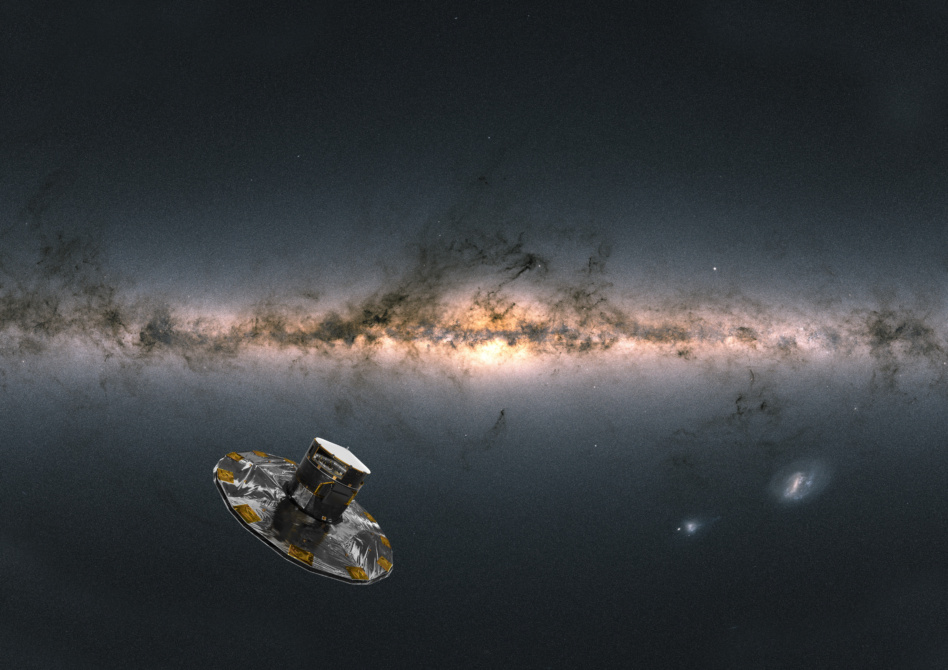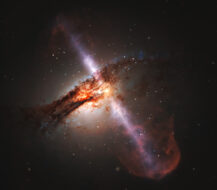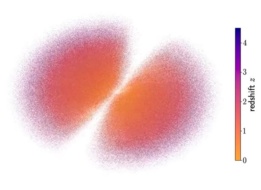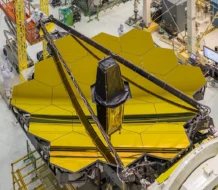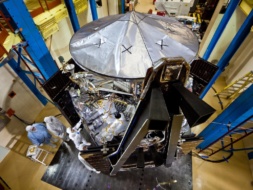Despite the millennia humanity has spent looking up at the stars and pondering their existence, and despite all the fancy tools we’ve dreamed up and built to help clarify the cosmos, the precise process of star formation is still an enigma—let alone the details of the rest of the long, slow lifetime of any individual star.
In the void of space between galaxies, there are occasionally stars spotted traveling alone. These orphaned stars, with no obvious backstory and revealing few clues as to their origins, puzzle astronomers.
In a study presented this week at the American Astronautical Society meeting, a team of Lehigh University astronomers turned its focus to these lonely stars and, using data from the European Space Agency’s Gaia probe, traced 15 of them back from the cosmic clusters within the Milky Way from whence they came.
“If we can say with high confidence where some of these stars came from, we will know more about the history of the star clusters in the Milky Way,” said Lehigh associate professor of physics Virginia McSwain in a release.
The Gaia probe: ESA launched its Gaia mission more than a decade ago to create a 3D map of more than a billion stars in the Milky Way and elsewhere in the universe. Its observations have given astronomers a significantly clearer picture of the structure of our hometown galaxy, which has always been difficult to fully understand given our vantage point from within it.
Included in Gaia’s observations since 2013 was position and velocity data for a certain number of a class of young, hot stars called B stars that had somehow made their way outside of the plane of the Milky Way. The team of astronomers set out to figure out if this new data could reveal where these anomalies originated.
I am your father: The team compared the locations and velocities of the target expelled stars as well as star clusters within the disk of the Milky Way to trace back time and figure out which star mapped to which cluster. There were other hints, too—the age and color of the orphaned stars should tend to line up with those traits in their home clusters.
Using this analysis framework, the team matched 15 orphaned stars with their parents. The thought brings a tear to my eye.
What next? Though now these stars have been paired with their kin, the exact details of how they ended up so far from home are still unclear. Strong gravitational interactions within or between clusters may have flung some of them outside the rest of the pack. Nearby supernovae could pose another explanation. And outside of the 15 stars mapped to clusters, there were many other orphaned stars that didn’t line up anywhere. The research opens many new questions to understand the origin of these lonely, roaming stars.
